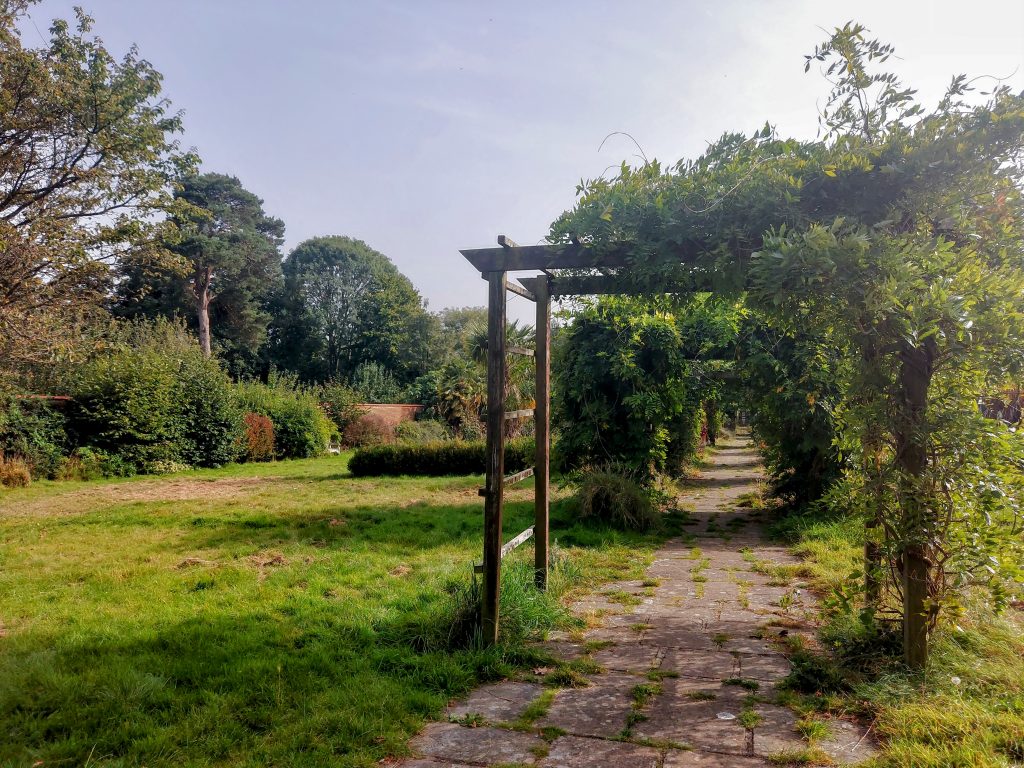It took a few weeks to return to normal after coming home from East Asia. I started hiking again.
For the day we picked to resume the London Loop, the weather in London was forecast to be good. I had a few more sections to walk before completing the 150-mile (242 km) loop. Belatedly, I learnt that, technically, it should be called the London LOOP since LOOP is an acronym, standing for London’s Outer Orbital Path.
The day, when it came, turned out to be one of the hottest days of the year in London! My London Loop companion and I were originally going to do sections 5 and 6 but they provided little cover from the sun. Sections 3 and 4, on the other hand, had lots of woodland and trees.

We made an early start. It was good to get in a few kilometres before it started warming up, initially with just hazy sunshine.
The walk itself was about 30km. Section 3 starts at Petts Wood and ends at West Wickham Common. It was fairly flat with beautiful woodland. The nearest station to the finish was Hayes, which is about a kilometre from the London Loop path. After lunch in a churchyard, we decided to continue with section 4 despite the heat.
Section 4 has a few gentle hills, one of which has a viewing platform that gives you a panoramic view of London.
On the path, there are some links to Charles Darwin, primarily because of an MP, John Lubbock. He used to live in what is now High Elms Country Park, which we walked through.
Keston Common is a beautiful public space with ponds and a Site of Special Scientific Interest. It was part of Holwood House, now rebuilt. The original was owned by William Pitt the Younger. He is the youngest ever British Minister, aged just 24 when King George III appointed him. He served three terms between 1783-1806 — during the French Revolutionary and Napoleonic Wars. To pay for these campaigns (and the debts from the American Revolution), he re-organised British finances and tax laws. He also placed the East India Company under government control after its excesses became intolerable. In 1800, Pitt the Younger was the force behind the Acts of Union, which united Great Britain and Ireland. He died aged 46, worn out by gout and chronic ill-health. He was known as a “three-bottle man” because of his heavy consumption of port.
On the walk is a spot, the Wilberforce Oak monument, where Pitt apparently had a conversation with William Wilberforce, vowing to promote the abolition of the slave trade. Although Pitt didn’t pass a slave trade abolition bill during his premiership, Wilberforce’s campaign resulted in the Salve Trade Act in 1807.
At the finish of Section 4, Hamsey Green, we took a bus to Sanderstead rail station, from where there were several trains returning us to London.
Despite the tree cover, I still drank over three litres of water as we walked from Petts Wood to Hamsey Green.











